What does it take to lead innovation efforts in the property/casualty insurance industry?
Carrier Management reached out to executives of P/C insurance companies and service providers, asking them to respond to questions about innovation, including one about how they support innovation in their individual companies. Here, we publish the responses from 10 of them:
Q7: Describe your role in leading innovation at your company.
- Q1: The greatest innovation in the P/C insurance industry
- Q2: Describe the greatest innovation at your company
- Q3: Innovation or innovator outside the insurance industry
- Q4: How your company encourages innovation
- Q5: The biggest obstacle to innovation within the insurance industry?
- Q6: The next innovation to impact the P/C insurance industry
- Q7: Your role in leading innovation.
- Q8: Best book you have read about innovation
- Q9: Describe a failed initiative at your company
- Q10: Collaborating with market competitors
- Q11: Can P/C insurers disrupt other industries?
Colberg (Assurant): Championing innovation at Assurant is one of my most important roles. As an organization we need to adapt to changing conditions or we risk becoming irrelevant. We need to harness different perspectives, skills and experiences to serve and innovate for our customers around the world.
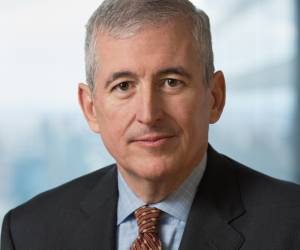
Sometimes, however, there can be a sense that innovation is somebody else’s job. The reality is everybody needs to innovate—it is everybody’s job. I encourage employees to go outside of their comfort zone, let them know that they can try and that it is okay to fail in pursuit of success. There may be things that we should not do, that are not appropriate for us to do, or we do not have the right resources to do, but it will not hurt you to share your ideas, and it does not hurt us to listen. There really is no such thing as a bad idea.

Rios (American Modern): My role in leading innovation involves inspiring people to stay uncomfortable with the status quo, encouraging them to always be in student mode and asking them to question everything.
Sciolla (Gen Re): The insurance “pie” in North America has not grown much over the past 10 years. As the marketing leader for Gen Re’s Treaty business in North America, my role is to encourage finding “new new” opportunities to provide reinsurance.
As a direct writer, we are differentiated from our competitors by sharing our underwriting and claims expertise directly with our customer’s risk decision-makers. One of our greatest successes is with customers with whom we work to launch a new product, providing the expertise and reinsurance capacity they need when they are less familiar with exposures. Then over time they assume more of the risks themselves and increase their profitable income.
A cycle is created with the customer continually working with Gen Re to identify new risks to insure, and over time they assume them on their own.
Watson (Argo): At Argo Group, we really pride ourselves on fostering an environment of innovation. Like many CEOs, I wear a number of hats. Part of my mission is to ensure the spirit of innovation is cultivated so it can thrive.

As chief entrepreneur, I have the privilege of setting the tone of innovation throughout the organization. Anyone who knows me knows that I am passionate about innovation and I try to make that known. I assume the task of setting the example, so my leadership team can follow and do likewise. In this light, it is important to convey to others that some disruption is not only okay but is encouraged. We need different perspectives to grow. We need to execute well and remember that failure is just part of the learning process. We need change agents that will champion our cause and keep our business evolving. It all comes down to collaboration, commitment and communication. These are the parts of our innovation engine that fuel success and keep the wheels spinning.
Kelley (Ironshore): Dedication and commitment to innovation comprises the ethos of my job at Ironshore. My role is to listen to the market, motivate new thinking and build a culture to innovate.
Wurzler (OneBeacon Technology): As a business leader, I view my role as responsible for both inspiring and fostering a culture of innovation. Some of that comes from continually offering ideas, and some of it comes from continuously demonstrating that we value innovation. That’s particularly important to us, given our focus on the technology sector.
Lightfoot (Guy Carpenter): I’m fortunate to lead GC Analytics for the U.S., Canada and Latin America at a time when expectations are high to deliver best-in-class analytics to our clients. Consequently, I spend a lot of time talking to our broking, analytics and specialty practice colleagues, as well as our clients, about how to increase the value we provide. I recently heard the term “balanced excellence,” and I think this phrase accurately describes what we are striving to achieve.
McGavick (XL): At XL Catlin, innovation is part of everyone’s responsibilities. Leading innovation happens at all levels. I’m in more of a position of support, making sure my colleagues have what they need to support development of their ideas.
Hendrick (XL Catlin): I say my role is an advocate. It takes time and resources to see if ideas are viable, and if they are, if they can be successfully implemented. To make that happen, leadership support is important to assure that innovators can tap into the necessary resources and expertise that’s required to take an actionable idea into a working solution.

Lupica (ACE): Innovations and innovators need sponsors because they present change that not everyone is comfortable with. I make sure the most promising developments have a chance to progress and that they have support and buy-in at all levels.
I also demand bottom-line results. Ultimately, innovation has to make business sense at ACE and contribute to our success.
Read more innovation responses:
- Q1: The greatest innovation in the P/C insurance industry
- Q2: Describe the greatest innovation at your company
- Q3: Innovation or innovator outside the insurance industry
- Q4: How your company encourages innovation
- Q5: The biggest obstacle to innovation within the insurance industry?
- Q6: The next innovation to impact the P/C insurance industry
- Q7: Your role in leading innovation.
- Q8: Best book you have read about innovation
- Q9: Describe a failed initiative at your company
- Q10: Collaborating with market competitors
- Q11: Can P/C insurers disrupt other industries?
Click on the each executive to reveal their responses.
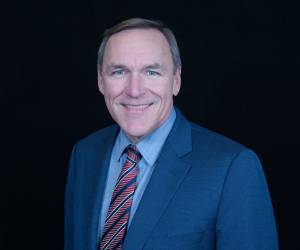 Stanley A. Galanski, President and CEO, The Navigators Group, Inc.
Stanley A. Galanski, President and CEO, The Navigators Group, Inc. Mark E. Watson III, President and Chief Executive Officer, Argo Group International Holdings, Ltd.
Mark E. Watson III, President and Chief Executive Officer, Argo Group International Holdings, Ltd.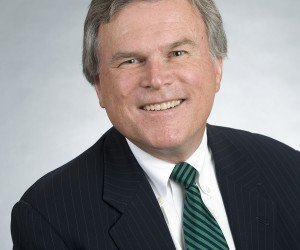 Kevin H. Kelley, Chief Executive Officer, Ironshore Inc.
Kevin H. Kelley, Chief Executive Officer, Ironshore Inc. John Wurzler, President, OneBeacon Technology Insurance
John Wurzler, President, OneBeacon Technology Insurance Alan B. Colberg, President and Chief Executive Officer, Assurant, Inc.
Alan B. Colberg, President and Chief Executive Officer, Assurant, Inc. Manny Rios, President and CEO, American Modern Insurance Group
Manny Rios, President and CEO, American Modern Insurance Group Dave Pratt, General Manager, Usage-Based Insurance, Progressive
Dave Pratt, General Manager, Usage-Based Insurance, Progressive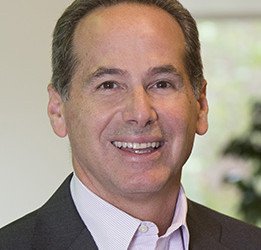 Berto Sciolla, EVP and Manager of North American Treaty Reinsurance,Gen Re
Berto Sciolla, EVP and Manager of North American Treaty Reinsurance,Gen Re Greg Hendrick, Chief Executive, Insurance, XL Catlin
Greg Hendrick, Chief Executive, Insurance, XL Catlin Anand Rao, Principal, PwC U.S. Advisory Practice
Anand Rao, Principal, PwC U.S. Advisory Practice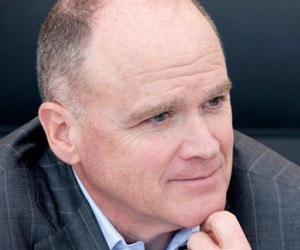 Mike McGavick, Chief Executive Officer, XL Catlin
Mike McGavick, Chief Executive Officer, XL Catlin David M. Lightfoot, Managing Director, Head of GC Analytics – Americas, Guy Carpenter
David M. Lightfoot, Managing Director, Head of GC Analytics – Americas, Guy Carpenter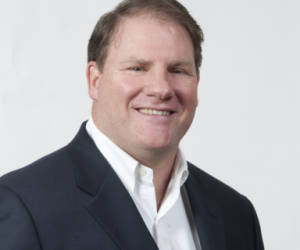 Conan Ward, Chief Executive Officer, Hamilton USA
Conan Ward, Chief Executive Officer, Hamilton USA Ming Lee, Chief Executive Officer, AIR Worldwide
Ming Lee, Chief Executive Officer, AIR Worldwide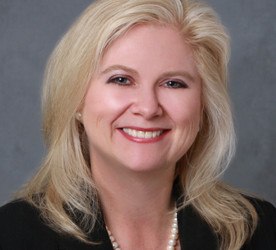 Laura Hay, National Insurance Sector Leader, KPMG LLP
Laura Hay, National Insurance Sector Leader, KPMG LLP John Lupica, Vice Chairman, ACE Group; Chairman, Insurance–North America
John Lupica, Vice Chairman, ACE Group; Chairman, Insurance–North America
Get all 16 interview neatly packaged in a single PDF download. Explore ideas by personality and by question. More than 60 pages of content.





















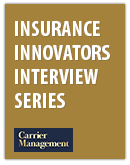
 California Workers Comp Combined Ratio for 2024 Highest in 20-Plus Years
California Workers Comp Combined Ratio for 2024 Highest in 20-Plus Years  Underwriter, Actuary Fears of AI Drop; Work Needed on Collaboration
Underwriter, Actuary Fears of AI Drop; Work Needed on Collaboration  Executives on the Move at Liberty Mutual, Cowbell, W. R. Berkley
Executives on the Move at Liberty Mutual, Cowbell, W. R. Berkley  Final Sentencing in Large Scale Crop Fraud Case That Cost Insurers Nearly $35M
Final Sentencing in Large Scale Crop Fraud Case That Cost Insurers Nearly $35M 







